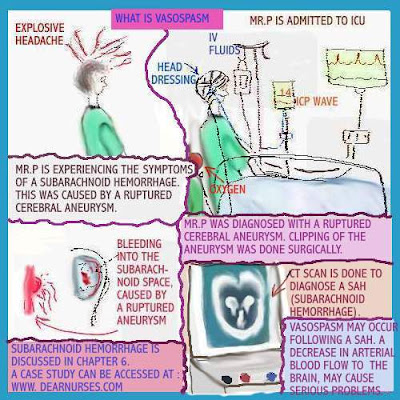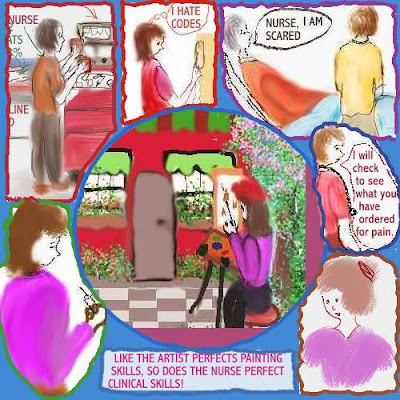PATIENT RESPONSIVENESS ASSESSMENT & MORE ASSESSMENTS


 Aspiration pneumonia can be avoided. If the patient has a compromised airway, like the stroke patient, or one who is unconscious , a foreign substance such as stomach content ( from tube feeding) or emesis (vomitus) may enter the lungs. You may also enjoy watching the video:
Aspiration pneumonia can be avoided. If the patient has a compromised airway, like the stroke patient, or one who is unconscious , a foreign substance such as stomach content ( from tube feeding) or emesis (vomitus) may enter the lungs. You may also enjoy watching the video:
.JPG)
.JPG) Dear nurses,
Dear nurses,.JPG)
.JPG)



 You the nurse, may never know when you could be faced with a cardiopulmonary arrest
You the nurse, may never know when you could be faced with a cardiopulmonary arrest .JPG)
.JPG)
UPDATE: Respiratory distress
.JPG)

.jpg)
